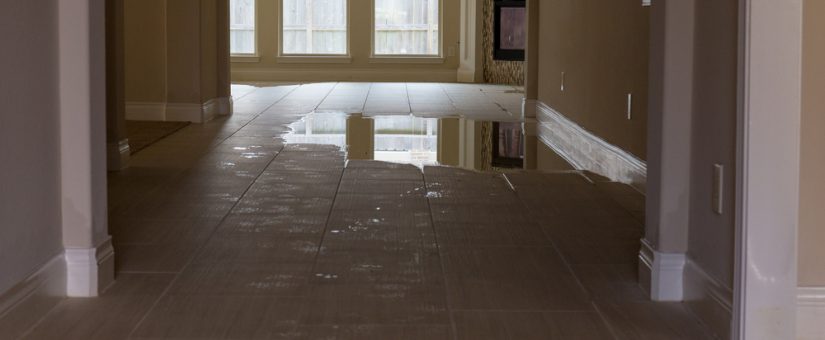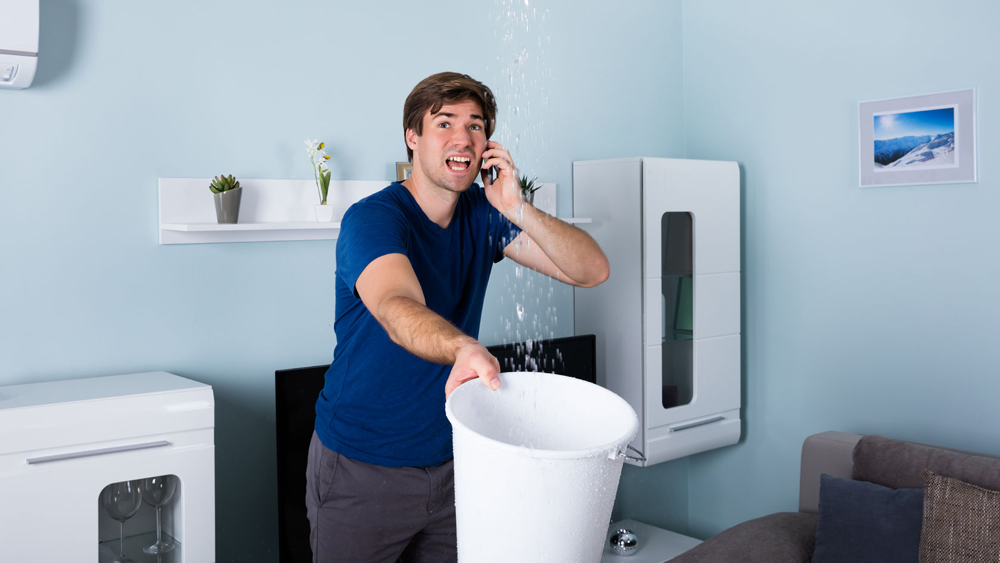Spot the Six Most Leak Triggers Within Your House
Click On This LinkThey are making a few great observations relating to Common Water Leaks In House in general in this post just below.

Leakages not only cause waste of water yet can likewise cause unneeded damages to your home and also promote unwanted natural growth. Sadly, water leakages might go unnoticed because most of the pipework in our house is hidden. By looking and recognizing for day-to-day situations that cause leakages, you can safeguard your house from future leakages as well as unnecessary damages. Today, we will check out 6 leakage triggers that may be triggering your pipelines to drip.
Encroaching origins
Many water leakages start outside the house as opposed to inside it. If you see a sudden reduction in water stress, state in your faucet, require time to head out as well as examine your yard. You may observe wet patches or sinkholes in your yard, and that might indicate that tree roots are invading water lines causing water to permeate out. You can have your plumber check for breach, specifically if you have trees or shrubs near your home.
Corroded water systems
As time goes by, your plumbing system ages and rust such as corrosion may start eating away the pipelines. This could be the cause of discoloration or warping on your water pipes. This calls for an assessment with your plumber quickly. Consider changing the pipes since they are at a greater danger of rust than the newer versions if our plumbing system is old.
Malfunctioning Pipeline Joints
The factor at which your pipes connect is frequently the weakest web link in the waterline. Pipeline joints can weaken with time, resulting in water leakages. However, the majority of pipe joints are not conveniently noticeable. If you have noisy pipes that make ticking or banging noises, particularly when the warm water is activated, your pipeline joints are possibly under a great deal of stress. It is suggested to have your plumber evaluate your system annually.
Instantaneous temperature level changes.
Severe temperature modifications in our pipelines can create them to increase and acquire all of a sudden. This growth and also contraction might cause cracks in the pipes, specifically if the temperature level are below freezing. If you maintained an eye on exactly how your plumbing works, it would certainly be best. The presence of the formerly mentioned situations regularly shows a high risk.
Poor Water Connectors
At times, a leak can be created by loosened hoses as well as pipelines that provide your appliances. In situation of a water connections leak, you may observe water running directly from the supply line or pools around your home appliances.
Clogged Drains
Blocked drains pipes may be irritating and also inconveniencing, yet they can occasionally wind up triggering an overflow resulting in burst pipes. Maintain getting rid of any kind of materials that may go down your drains that might obstruct them to avoid such hassles.
All the above are sources of leaks but not all water leaks result from plumbing leaks; some leaks could originate from roofing system leaks. All leakages need to be fixed promptly to avoid water damages.
Leaks not just create waste of water yet can likewise create unneeded damage to your home and also promote undesirable natural development. By understanding and also looking for everyday situations that cause leakages, you can safeguard your home from future leakages and also unneeded damages. Today, we will look at six leakage causes that may be creating your pipes to leak.
At times, a leakage can be created by loose hose pipes as well as pipelines that provide your appliances. In case of a water connections leak, you may observe water running straight from the supply line or pools around your devices.
Tell-Tale Signs of a Water Leak
The Sound of Running Water
If you’re hearing water running, your first step should be to check your faucets, toilet valves, and outdoor spigots. If everything if status quo, take an exact reading of your water meter and don’t use the water for a few hours. Then, take another meter reading. If there has been no change, that means water is not running (and maybe it’s time to have your hearing checked!). If the reading has changed, however, this indicates that water is indeed flowing and you most likely have a leak.
Wet or Damp Floors
You’re walking across your carpet and suddenly squish—your sock is soaked! The dog doesn’t look guilty and your child swears they didn’t spill anything. That means you’re likely looking at sewer leakage. Now, it’s easy to just soak it up with a towel and call it a day; however, this won’t stop the leak. Ignoring the problem allows moisture to build up, ultimately causing mold or mildew. Not only is this smelly, it can be very toxic and harmful to children, the elderly, pets, and those with weak immune systems. Don’t risk the health of your home and your family—call in a professional to take care of the problem.
Foul Odors
If there’s an unpleasant smell in your home and you can’t locate the source, don’t just light a candle or spray some Febreze. Funky smells are often due to mold and mildew, which spread fast under ideal conditions (optimal temperature and level of humidity). Growth begins within about 24-48 hours, and spores start to colonize in 3-12 days, becoming visible to the eye within about 18 days. If you think the odor is leak-related, get a plumber out as soon as possible to mitigate damage from rapid fungi growth (and rid your home of the foul odor).
Overgrowth in the Lawn
Unless you didn’t fertilize your lawn evenly, a lush patch of grass in a select area of your lawn, or concentrated wet spots, indicate pipe leakage which is acting as a fertilizer. Left untreated, hazardous bacteria in the underground waste will quickly turn into a messy situation, going from lush growth to lawn destruction.
Wall Cracks
Over time, even the littlest of leaks can cause cracks in the foundation of your home and compromise the entire structure. How does it happen? The leak continues hammering away at the same spot in the ground beneath your home, eventually causing it to shift slightly. Now, you’d never feel this shift, but your walls will. This can be a very dangerous situation, so if you’re seeing vertical or diagonal cracking in your walls it’s best to call a plumber right away.
https://www.expresssewer.com/blog/6-telltale-signs-of-a-water-leak-in-your-home

As a passionate reader on Top Causes of Home Water Leaks, I was thinking sharing that excerpt was worth the trouble. I beg you take the opportunity to share this page if you enjoyed it. I enjoy reading our article about How to Find Water Leaks.
24/7 support awaits.